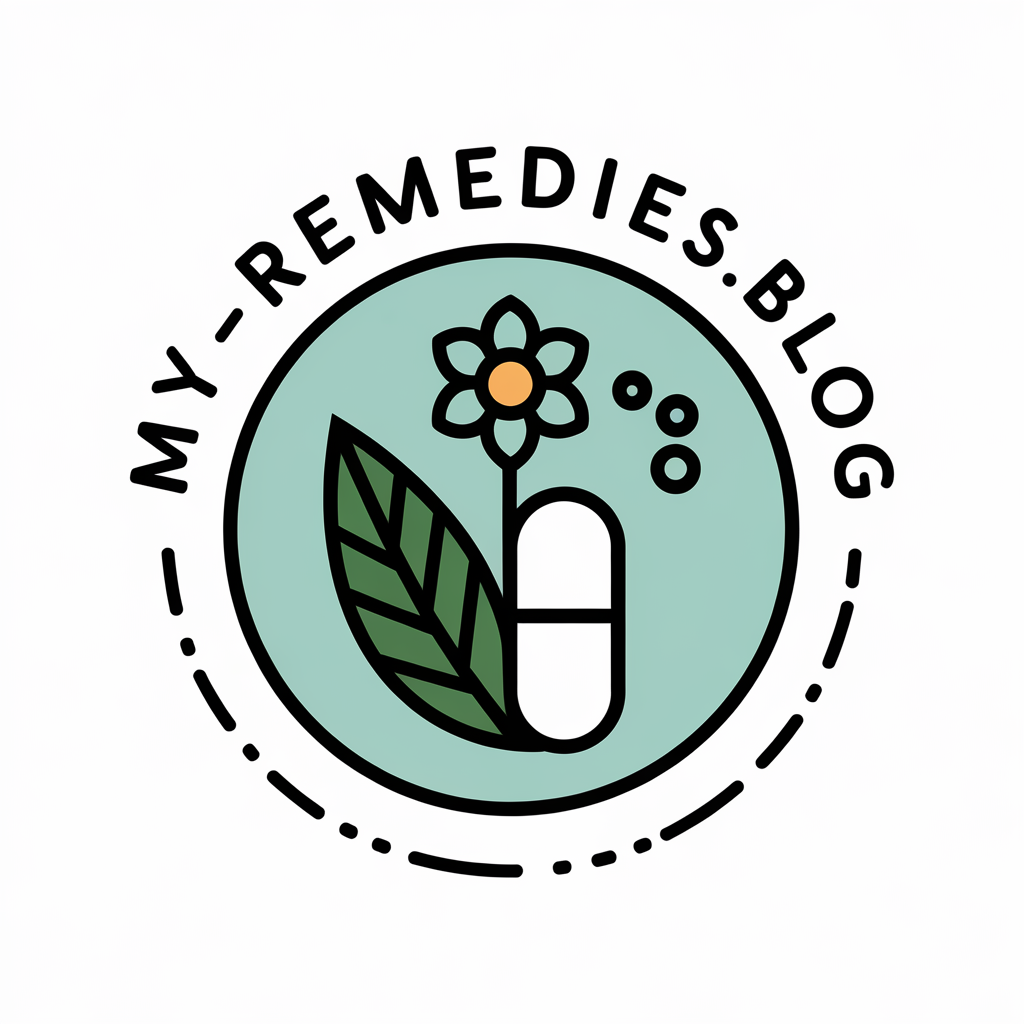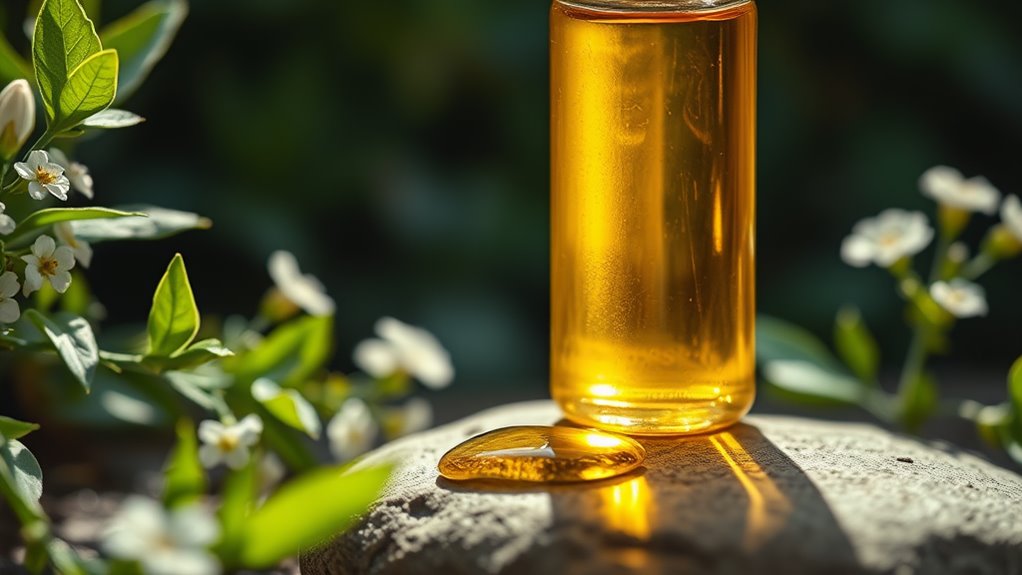The One Oil That Can Heal Any Skin Infection!
When it comes to healing skin infections, you might be surprised to learn that one oil stands out above the rest. Tea tree oil, with its powerful antibacterial and antifungal properties, has been used for generations as a natural remedy. But what makes it so effective? Understanding its antimicrobial power could change the way you approach skin care. Let’s explore what makes tea tree oil a go-to solution for various skin issues.
Understanding Skin Infections and Their Causes
Skin infections can be pesky and uncomfortable, often stemming from various causes. You might encounter them due to bacteria, fungi, or even viruses. Factors like poor hygiene, cuts, or skin conditions can make you more susceptible.
It’s essential to understand these root causes to better protect yourself and others.
Many people find that essential oils offer a natural remedy for skin issues. Among them, some consider tea tree oil to be the best essential oil for infections. Its antimicrobial properties can help combat harmful pathogens and promote healing. Recent studies have shown that tea tree oil’s antimicrobial properties are effective against a wide range of skin infections, making it a popular choice for natural treatment.
When you’re aware of what triggers skin infections, you can take proactive steps to minimize your risk. Prioritizing good hygiene, using protective barriers, and incorporating natural remedies like essential oils can foster a sense of community and support among those dealing with similar issues.
You’re not alone in this journey toward healthier skin!
The Antimicrobial Power of Tea Tree Oil
When you’re looking for a natural solution to combat skin infections, tea tree oil stands out due to its powerful antimicrobial properties. This essential oil, derived from the leaves of the Melaleuca alternifolia tree, has been cherished by many for its ability to inhibit the growth of bacteria and fungi.
You might find it comforting to know that countless people have turned to tea tree oil for relief from common skin issues like acne, athlete’s foot, and even minor cuts.
Using tea tree oil is simple. You can dilute it with a carrier oil and apply it directly to the affected area, or add a few drops to your skincare routine.
As you explore this natural remedy, you’ll discover a sense of community among those who’ve shared their success stories. Embracing tea tree oil can empower you to take charge of your skin health and connect with others on a similar journey.
Scientific Evidence Supporting Tea Tree Oil’s Efficacy
Although many people swear by tea tree oil for skin infections, scientific studies provide valuable backing for its effectiveness. Research shows that this essential oil possesses potent antimicrobial properties, making it a natural choice for treating various skin conditions.
Here’s a quick look at some key findings:
| Study Focus | Result |
|---|---|
| Antibacterial Effects | Tea tree oil effectively reduces bacteria like Staphylococcus aureus. |
| Antifungal Properties | It combats fungi, including those causing athlete’s foot. |
| Acne Treatment | Studies showed a reduction in acne lesions when used topically. |
| Wound Healing | Accelerates healing time for minor cuts and abrasions. |
These findings highlight tea tree oil’s versatility and why so many people incorporate it into their skincare routines. It’s affirming to know that a natural remedy can be supported by science, helping you feel more confident in your choices for skin health.
How to Safely Use Tea Tree Oil at Home
To safely use tea tree oil at home, you’ll want to follow some essential guidelines that maximize its benefits while minimizing any potential irritation.
First, always dilute tea tree oil with a carrier oil, like coconut or jojoba oil, before applying it directly to your skin. A good rule of thumb is to mix one part tea tree oil with three parts carrier oil.
Next, do a patch test on a small area of skin to check for any allergic reactions. If you experience redness or irritation, discontinue use.
When treating specific infections, apply the mixture gently to the affected area two to three times a day.
Other Natural Remedies to Complement Tea Tree Oil
Tea tree oil is a powerful ally in treating skin infections, but you can enhance its effects by incorporating other natural remedies into your routine.
Consider adding lavender oil, known for its soothing properties that can reduce inflammation and promote healing. Just a few drops mixed with tea tree oil can create a calming blend.
Honey is another excellent choice. Its antibacterial properties help fight infection and keep your skin moisturized. Applying raw honey to the affected area can accelerate healing while nourishing your skin.
Don’t overlook apple cider vinegar, either. It balances your skin’s pH and has antimicrobial benefits.
Additionally, incorporating antioxidant-rich foods into your diet can further support skin health and enhance healing from within. Dilute it with water and use it as a toner to complement your tea tree oil treatment.





